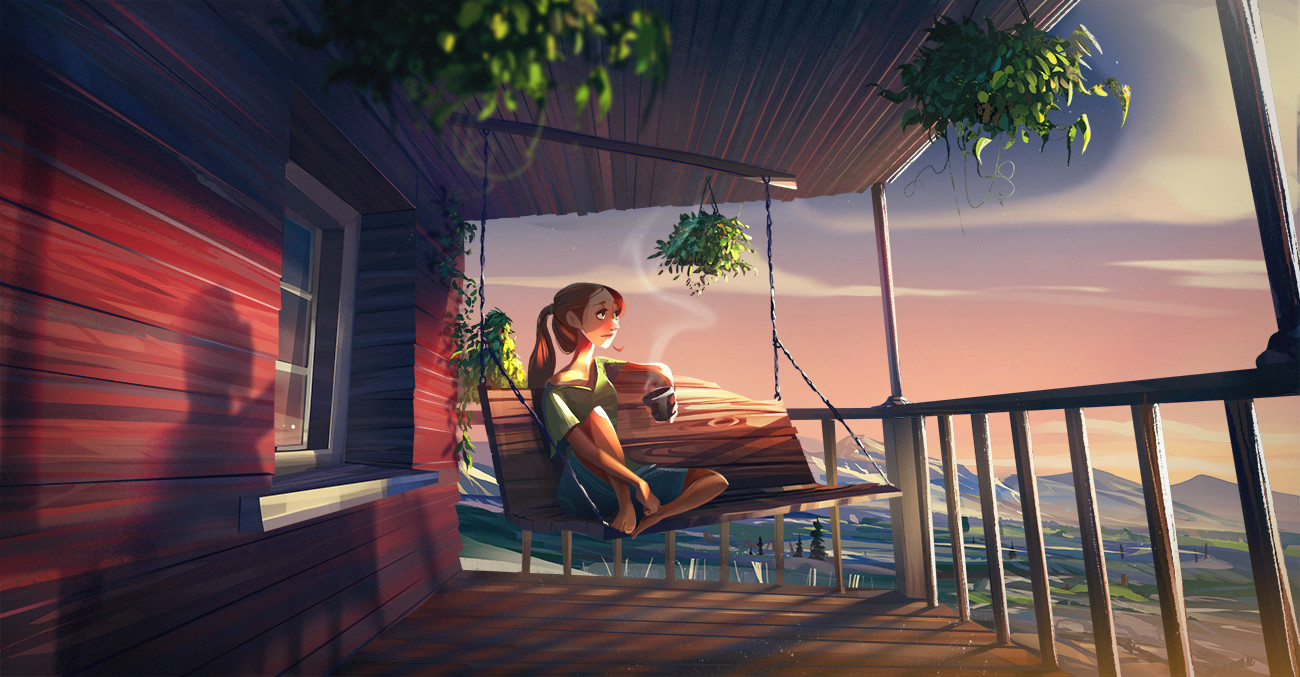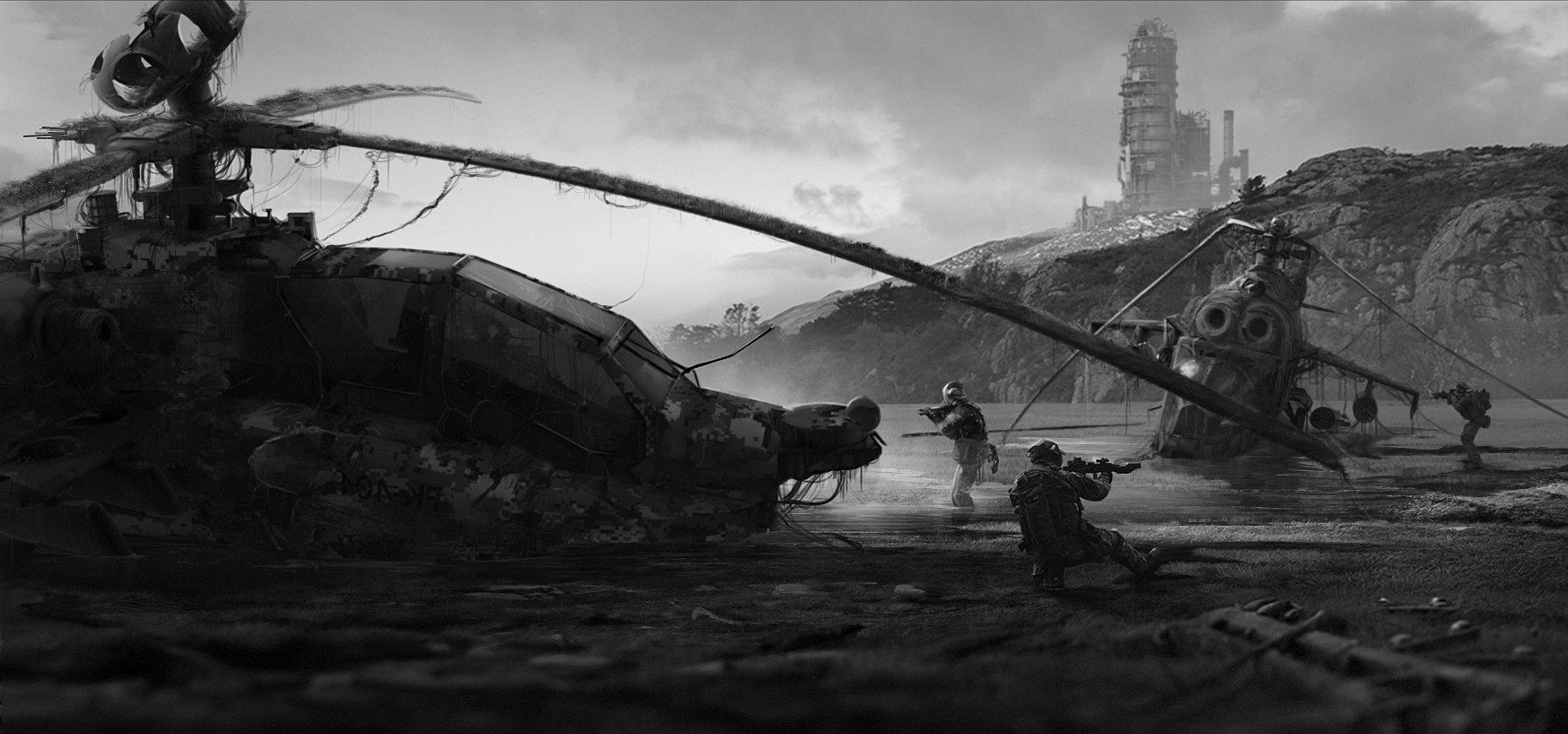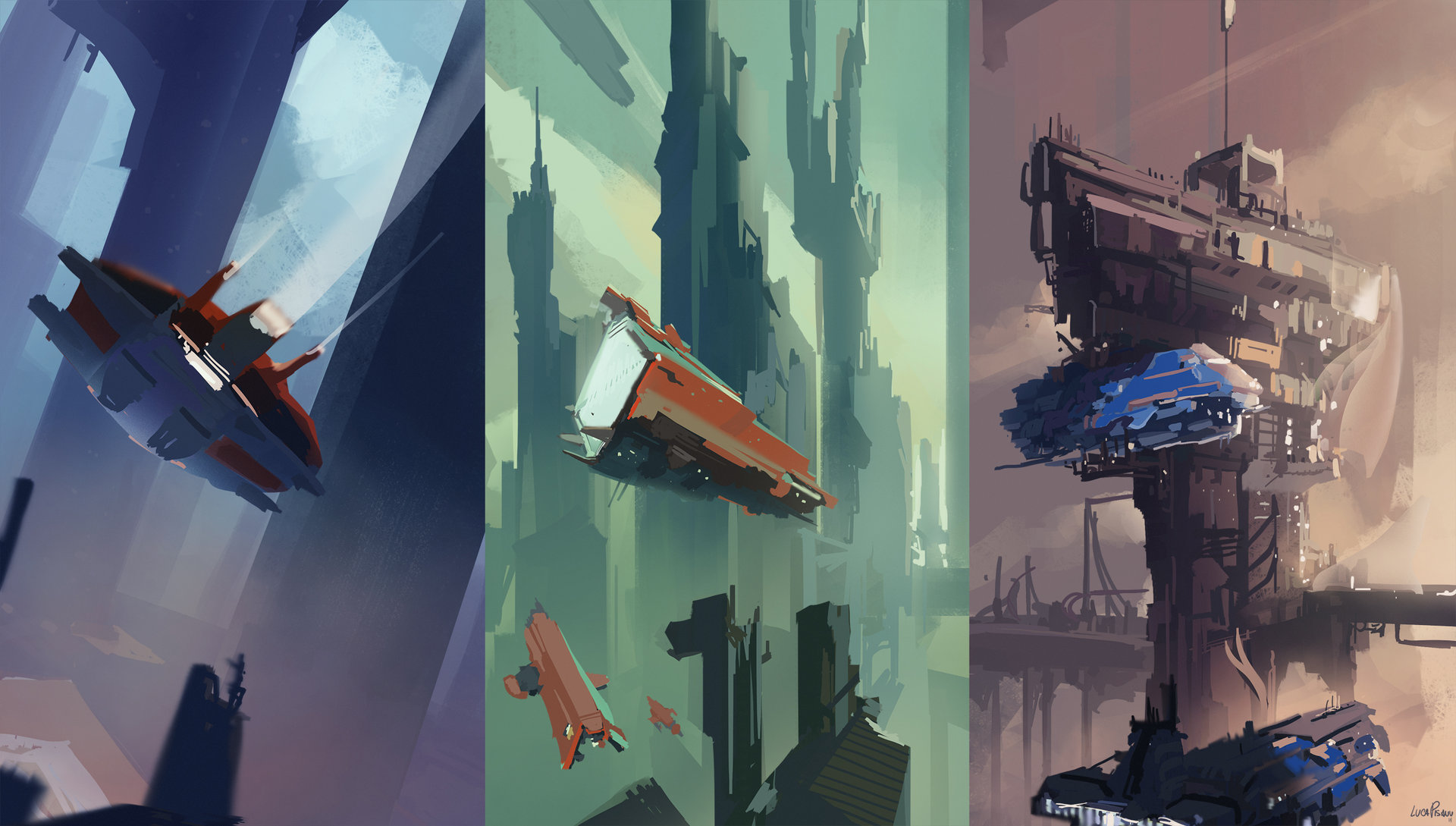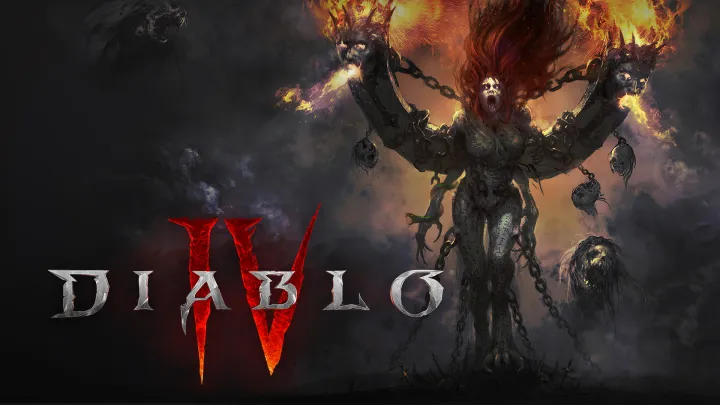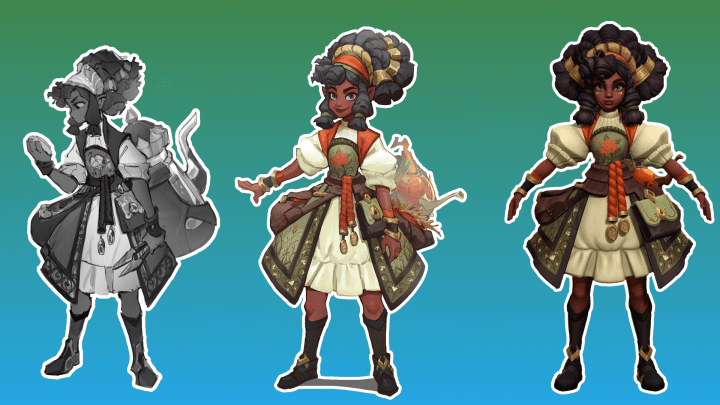10 Ways to Make your Art Stronger

Putting together a painting is not an easy task. The development process of your eye, senses, tastes, design, and so on takes not only months, but years. Hard work, coffee, and long nights are very familiar to artists. After years of doing this job I started to understand what was happening to me: what I needed to enforce my skills and what I was handling pretty well. That helped me to put together a shortlist of 10 Tips that I think in the short and the long run, will improve your artwork. It doesn’t matter if you are a beginner or a professional. These tips will always be useful. Here we go:
1. Knowledge
You will probably see the result of this one in the long run. It’s the beginning of everything. It starts to take shape within your mind. The bigger your visual library stored in your imagination, the better, richer and clearer your idea will be. With that said, my friends, go outside and study everything that surrounds you; the little details, the answers on the shadows, why is that bouncing light with that color? Be curious and fascinated even if you think you’re living in a boring neighbourhood. Believe me, there is plenty of information for you to get and put in your work into. Knowledge is the first step that will build up the structure of your ideas. Lack of knowledge will always make weak ideas.
2. Planning/Research
Something that artists rush to do is just starting to paint right away without a strong set plan. Nothing is wrong with that because they are great for experiments. Break the ice when you’re not inspired in that particular moment. This tip won’t help your inspiration magically reappear, but it’ll definitely help to create a strong starting point that will end up with satisfying work. I’m talking about making a solid plan before you start creating. What helps me a lot before any work is the creation of a ton of very small black and white thumbnails that in a few strokes tell me already all the information that I need. If it works that small and loose it’s already a great start! Go online and don’t be afraid to save tons of references about; design, lighting, mood, storytelling. Then analyze them and figure out why they are so strong. Store that information in your memory. With time you will have a lot of material ready to be consulted for your next artwork.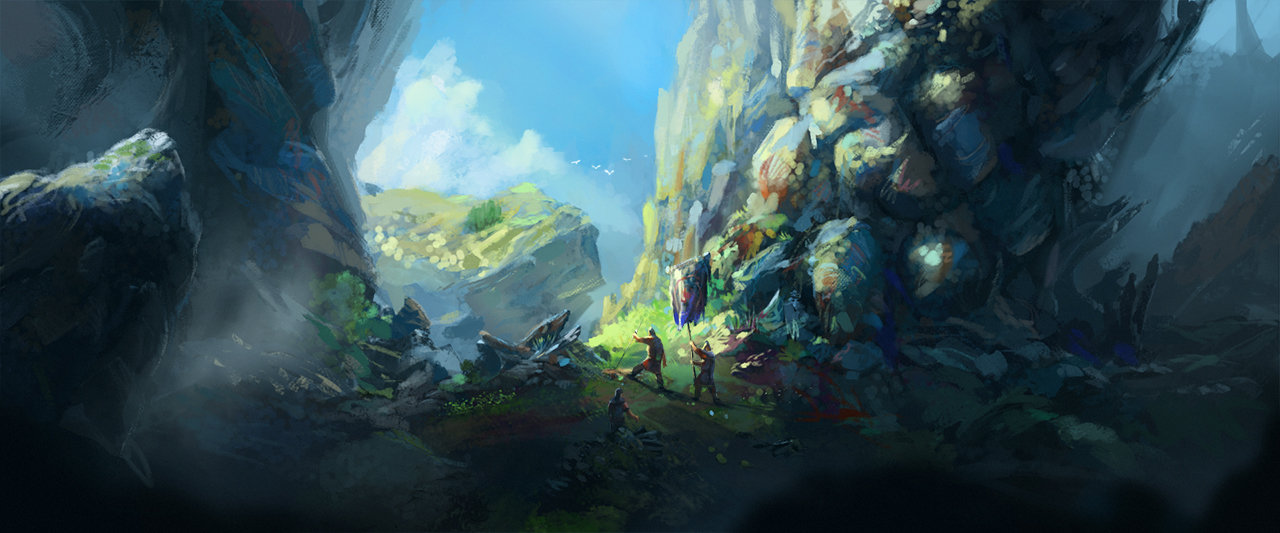
3. What do I want to say? Is it actually a good idea?
All artists have been in the situation where we spent hours, days, and weeks with details and information on a painting that in the end we realize is not actually a good idea. The planning and research step as I said is the perfect start. These two things need to be executed on a strong idea in order to succeed, and make you grow as an artist as well as your audience. Take your time asking yourself questions about that idea: What happened 5 minutes before that sequence, what happened after, is that the best pose to tell what I have in mind, is this necessary? These are just a few of the many questions that will make your first layout strong and believable. Ask your trusted friends what they think about it and what they see in it.
4. Think in shapes
Visual language can be translated with shapes. We have to train our eyes to see composition in big blocks as well with the characters and everything we want to put in our scene. Don’t spend time to render everything in detail and then realize that you wanted to move that mountain slightly more to the left. Harmony with shapes is crucial; try to play with sizing, sharp and soft corners, height and weight. This is your playground, and these elements are your tools that if in the right place will tell the story exactly the way you thought. It will guide the viewer’s eye towards the focal point.
5. Design is crucial
Design is what gives an identity to your work. It’s what will combine a package of information that will give more points to your work. In order to be able to stylize and change the design of your artwork, you have to know how things work in the real world. For example, how and why real lighting works, or how a character does a certain action, and why. Observe from reality. I know I keep saying it, but it’s really the key. Once you master that you’ll be able to know how to distort it and make a believable personal style and know far you can push it and what to avoid.
6. Values, values and again values
Did I say values? Make sure to get them right. Values are what will give depth to your work. Even the most detailed painting with the most amazing elements and designs with wrong values would lose everything. Appeal, energy, believability and impact. Make sure you’re doing well by constantly checking your work in black and white. A good exercise is to simply paint in values without caring about color, details and the like. Try to do the painting all in black and white within a little thumbnail.
7. Take a break
I suggest you paint everything and everywhere as often as possible to refresh your creativity; it allows you to get the most out of your mind and see what you can come up with. Be sure to take breaks by doing other things: reading, exploring, taking photos, taking a walk, sports and so on. As an artist you will not only relax your mind, you will also subconsciously take each activity as a learning experience. I find that when you return to work you’ll be ten times more productive.
8. Locate your subject
Your idea needs to have a strong focal point. Clear and readable that doesn’t leave any doubt to the viewer. Have fun even if you’re only creating your compositions using the rule of third. Surround your subject with elements that drive your eyes into it, ones that are not too crowded or busy. Nothing much should halt your eye because something is unclear. A good exercise is to trace lines from the edges of your composition towards the focal point. Make sure nothing is blocking your eye and the experiment from finding new solutions.
9. Temperature
Another aspect that’s crucial for our storytelling and appeal on our painting is the temperature that we choose. Temperature can’t be casual. It has to be chosen for a reason referring that specific mood; do I want my paint to give the sense of cold, maybe evil-villain place? Or you do you want your piece to show a safe place? These are just two very basics scenarios.The big challenge is to control the temperature by playing with it and use the most common one to tell the complete opposite. Exaggerate reality and don’t be stuck with the saturated colors of the sunny time of the day. Be the director of your lighting by controlling it.
10. Step back and look
After considering all these points, the problem that many beginning artists seeing the results of their studies is that they don’t know when to stop. It’s not particularly a bad thing, but sometimes after a certain point the best thing is just to call it quits and go to the next project. Understand when a piece tells all the points you have to say. Often, an artwork ends up becoming worse than what we want because we lose it spontaneously. So, my friends, make sure you understand when to stop and admire your great new piece in front of whatever media you use. Be proud of yourself. Begin again with the new aspect of knowledge that every artwork brings us.
Luca Pisanu is an artist based in Los Angeles working at Disney. He invites readers to share their thoughts and ask him questions by email at lucapisanu@outlook.com.

